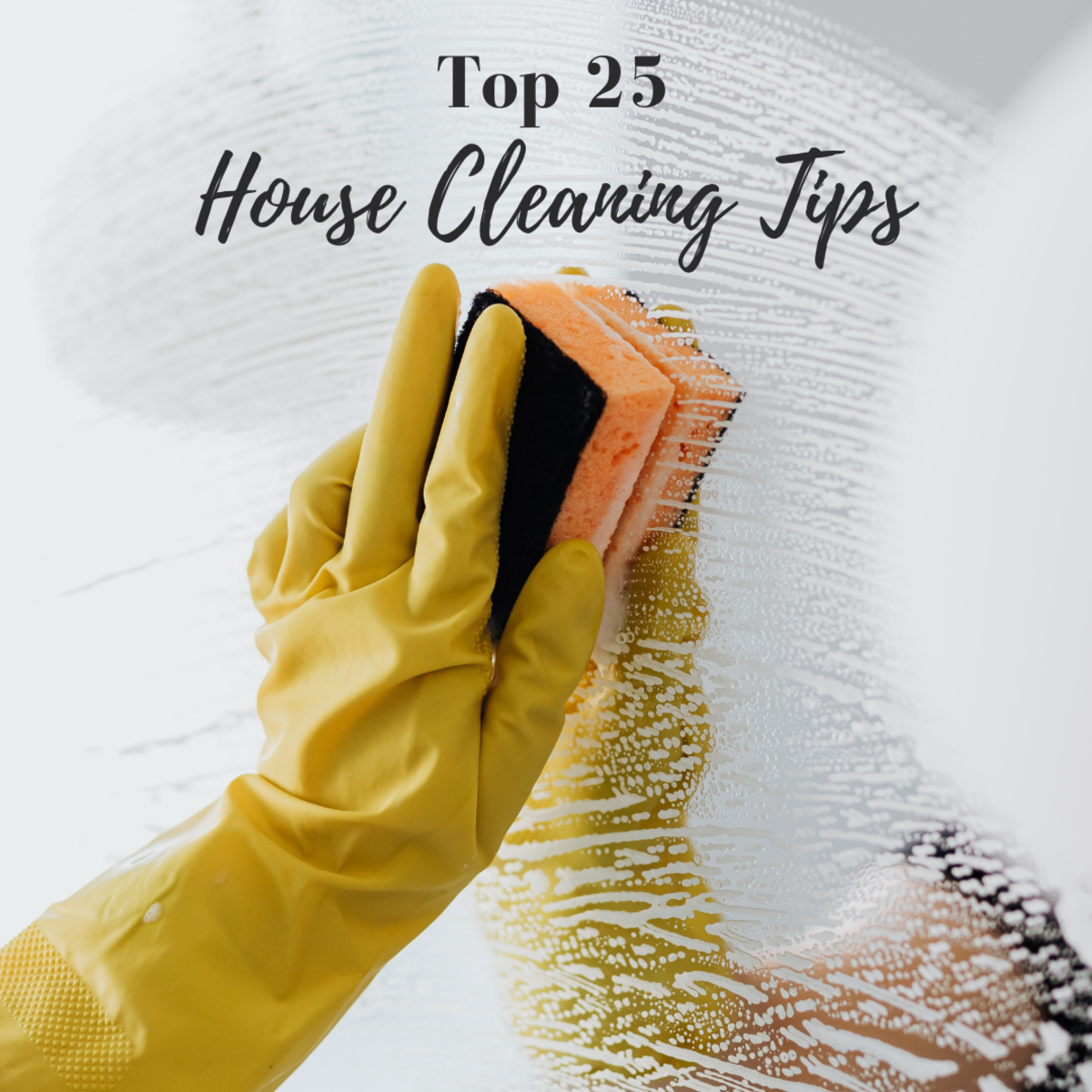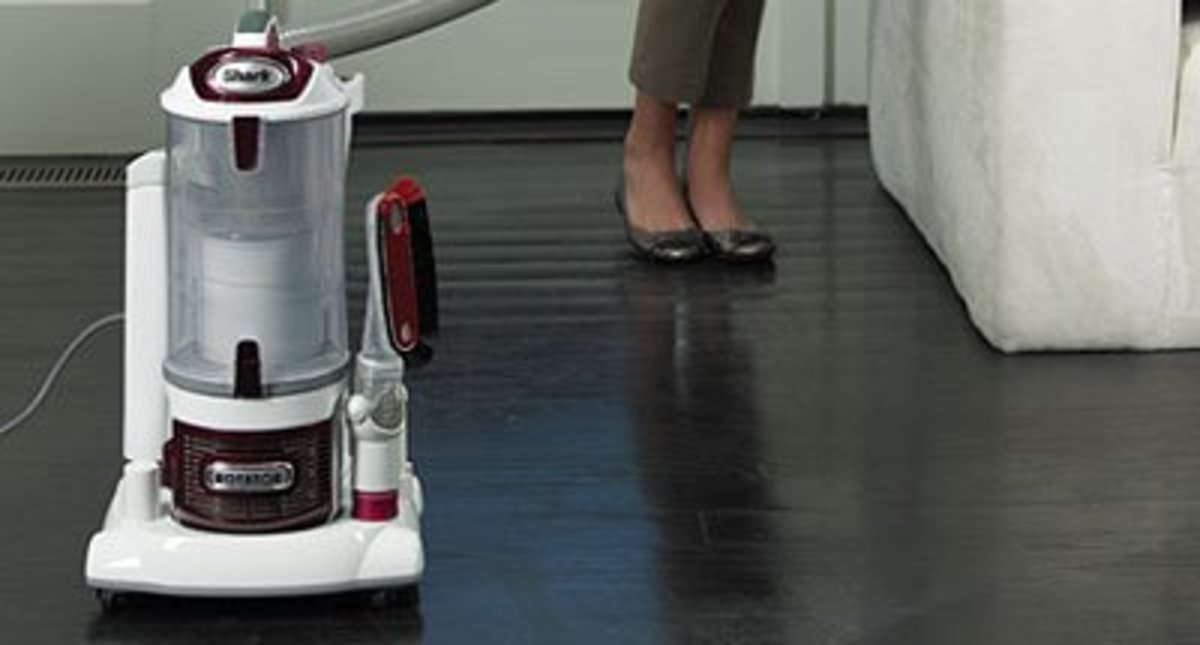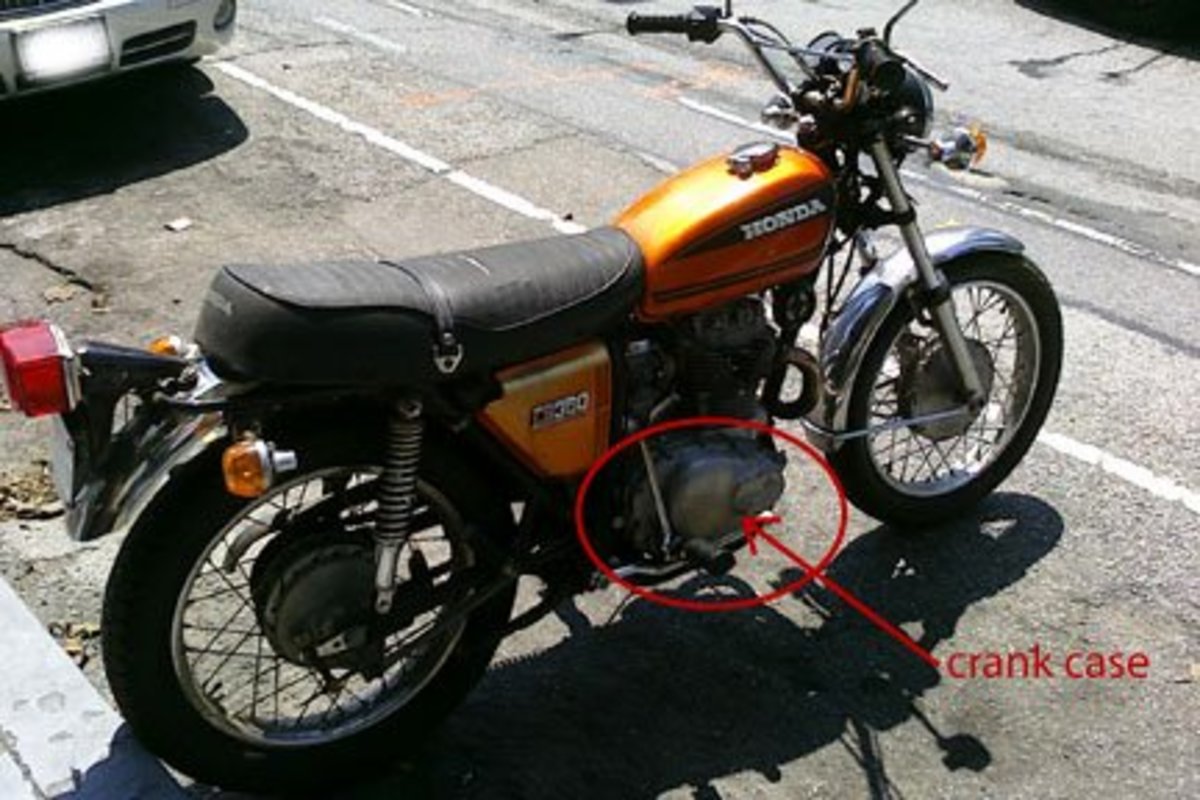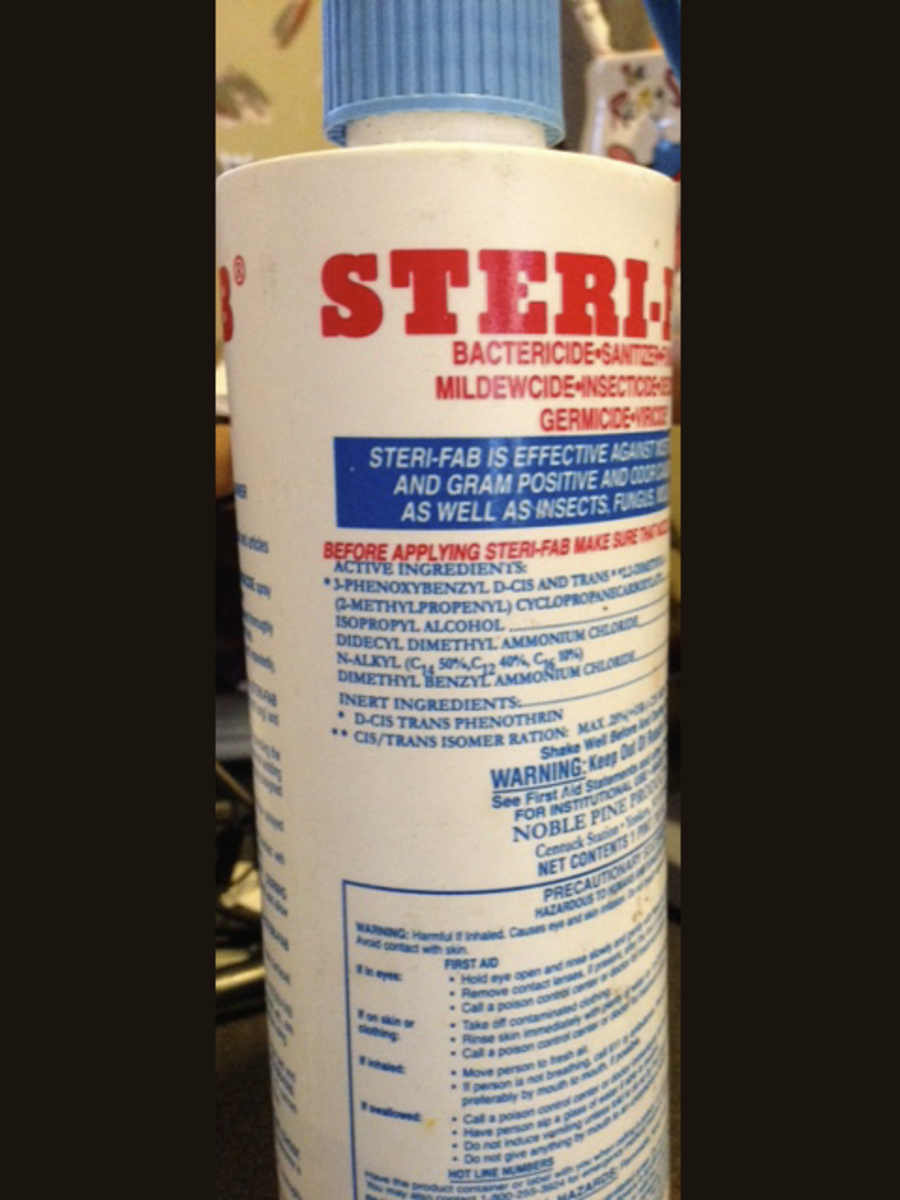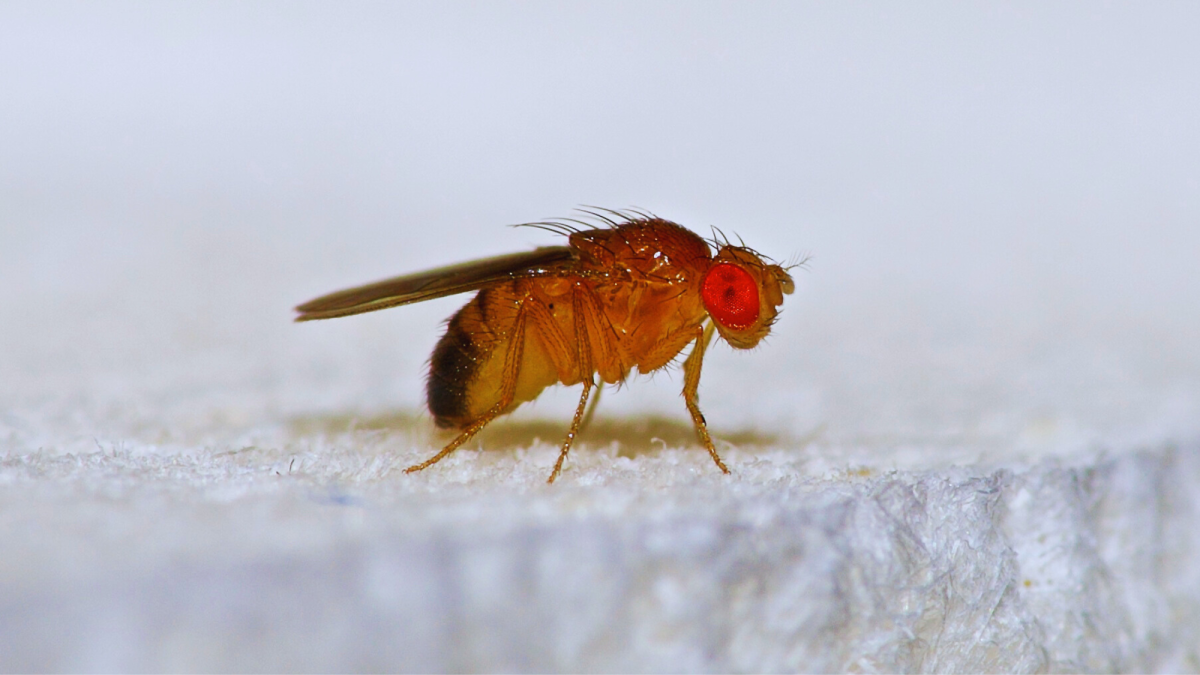How to Humanely Remove Ladybugs from Your House
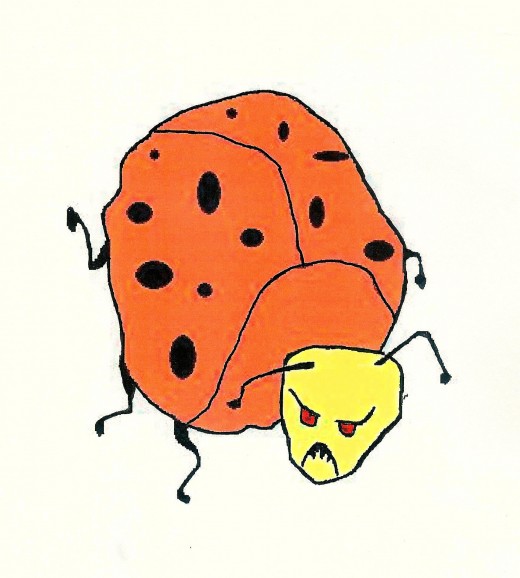
Ladybugs are a beneficial garden insect, but in many parts of the United States the Asian Lady Beetle (or Asian Multi-colored Lady Beetle) type is a particularly annoying pest when it invades homes. This happens primarily in the fall when the first hints of cold weather send swarms of lady beetles looking for winter shelter. Invariably many find their way into homes through small passages through walls, around doors and screens, through soffit and attic ventilators, etc. A smaller outbreak occurs in the spring when those that found winter shelter start trying to get to the outside again and often emerge inside instead. This “home invading” lady beetle is not the same species as the native ladybug. Both are beetles, but the native ladybug does not typically come into homes. Asiatic lady beetles were introduced to the U.S. both intentionally and though accidental import with lumber and other products (See the Resources section at the end of this hub for links to more information). Like the native species, they are beneficial in eating other insects, but have the different and annoying habit of getting into homes in substantial numbers in late fall. However, since most of us don’t distinguish the two types on a daily basis and for simplicity, Asian Lady Beetles will just be referred to as ladybugs in the rest of the hub. Ladybugs in the home are difficult to pick up. They are rounded and slick and just fly away if you try sweeping them onto a dustpan. Simply vacuuming them up is not a good solution because they will just crawl back out of the vacuum cleaner when you turn it off. If your vacuum has a disposable bag, it could get expensive to keep throwing the bags away. Even if your vacuum has a bag or canister that can be emptied, it is still a hassle to keep taking it off and emptying it outside to get rid of a few ladybugs. This hub will describe how to make a simple, miniature, easily removed, add-on filter bag for your vacuum cleaner so you can pick up ladybugs, remove them from your home, and release them still alive outside.
Tools and materials needed
- Ladies Old Nylon hose
- Vacuum Cleaner
- Wand Attachment
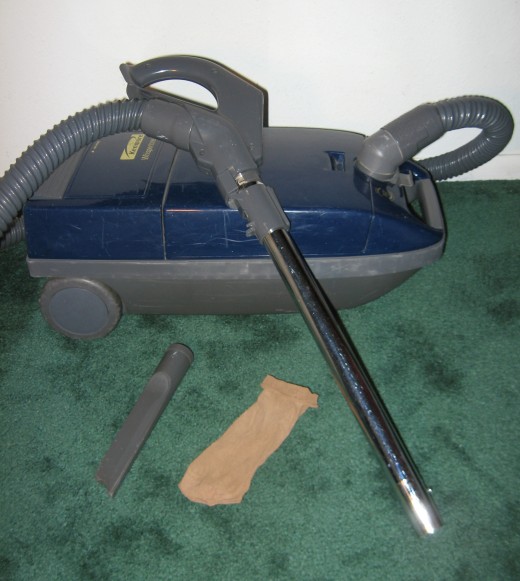
Make a miniature filter bag
Make a small add-on filter bag by cutting a piece about 9 inches long off the foot end of an old nylon hose. The advantages of the nylon hose in this application are that it is thin, tubular, and does not offer much resistance to the air flow through the vacuum. The vacuum cleaner wand attachment will hold it in place as discussed below.
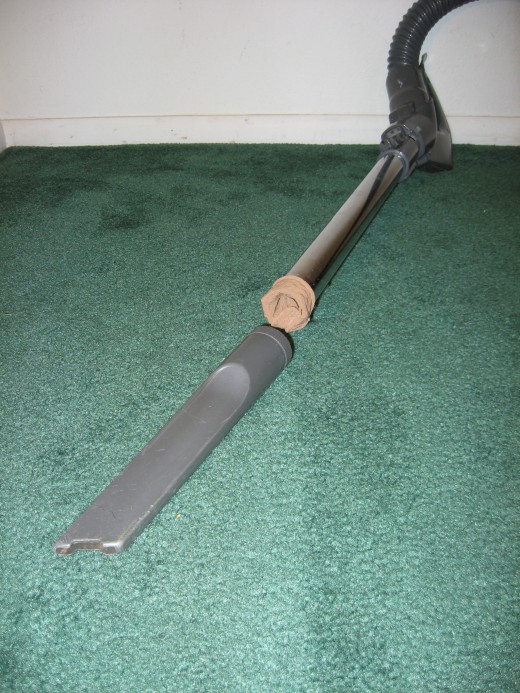
Install filter
Work the filter bag into the metal or plastic tube at the end of the vacuum cleaner hose. Fold the last inch or so over the tube edge as shown. Put a wand attachment on the tube to hold the add-on filter bag in place.
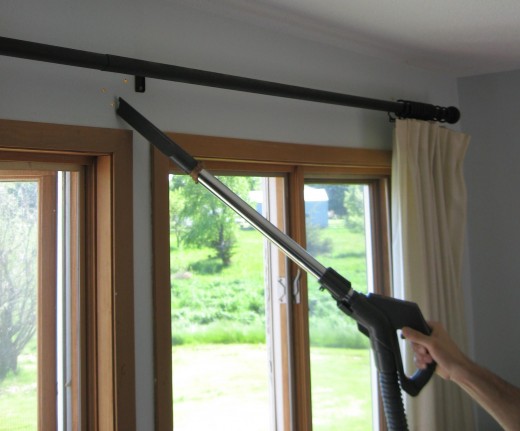
Start vacuuming up ladybugs
Vacuum up all visible ladybugs. When you are finished, turn off the vacuum cleaner and remove the wand. Important Caution: if you remove the wand before your vacuum cleaner comes to a complete stop, the add-on filter bag will be sucked into your vacuum’s main filter bag. Remove the add-on filter bag and hold it tightly closed. Carry the bag and the captured ladybugs outside and empty it some distance from the house. Although being vacuumed up is perhaps not the most pleasant experience, the ladybugs do not seem to be harmed and they fly away quickly. If you have a large ladybug infestation and notice your vacuum laboring, you may need to empty the filter more than once. The add-on filter bag may have enough ladybugs in it to begin impeding the air flow.
Alternative Approach
Another approach if there are only a couple of ladybugs to remove is to pick them up with a piece of masking tape and then flick them off the tape outside.
Resources
-
Asian Lady Beetle infestation of Structures - A good treatment of Asian Lady Beetle behavior with respect to getting into homes and discusses ways to combat them.
-
Ladybirds, Ladybird beetles, Lady Beetles, Ladybugs of Florida – Provides a good history and life cycle description of the native ladybug and pictures of it and of the Asian Lady Beetle. This one is more academic and lengthy with lots of etymological details and lots more references.


